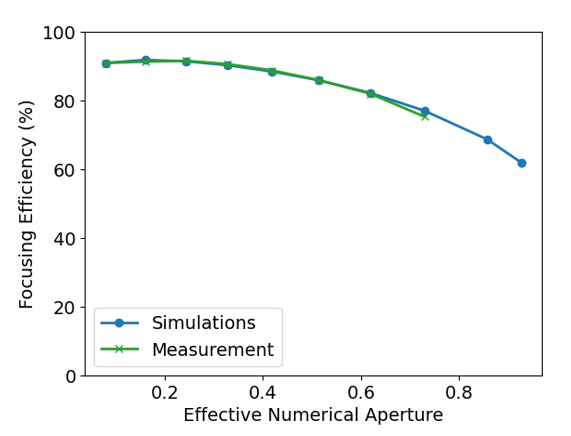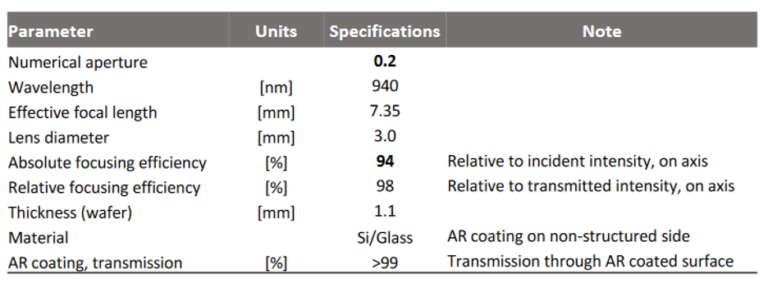Metalenses
NILT designs, prototypes, and manufactures metalenses with record high efficiencies to match customer specifications. Metalenses can be designed to almost any desired phase function.
NILT metalenses include:
- Focusing lenses
- Collimator lenses
- Imaging lenses
- Beam shapers
- Custom lenses including asymmetric lenses and polarization sensitive lenses
We specialize in custom made metalens solutions. All lens types can be designed to meet exact customer specifications. We develop unique and tailored metalens solutions that cater to the specific needs of our customers, with fast turnaround times for metalens prototyping to mass production.
Our metalenses cover Vis, NIR and SWIR.
Benefits of metalenses by NILT
- High efficiency
- Highly accurate arbitrary phase function
- Steep phase function (high numerical aperture are possible)
- Vis, NIR and SWIR
- Good side lobe suppression
- Diffraction limited PSF
- Temperature stable
- Mechanically stable
- Protected metasurfaces
- NILT Metalenses can be designed for and integrated in Rx, camera, Tx collimator modules
- Polarization dependent function possible
Arbitrary phase function
Any lens phase function can be implemented using metalenses (as opposed to refractive lenses). This means that complex lens shapes, such as elliptical lenses, cylindrical lenses, phase corrector plates, beam shapers, etc. are all easily implemented with high precision. This contrasts with refractive lenses, where arbitrary complex shapes can be impossible to manufacture.
Example | 94% Absolute focusing efficiency of metalenses with varying NA
The example below shows how NILT metalenses designed for 940 nm for varying numerical apertures show unprecedented high focusing efficiencies.
Efficiency is a key parameter when using metalenses in products, and efficiency drops exponentially in system with more than one metalens. Less efficiency means more stray light and decreased sensitivity. NILT has demonstrated metalenses with as high as 94% absolute focusing efficiency (98% relative focusing efficiency), for a focusing lens at 940 nm with 3 mm diameter and numerical aperture of 0.2.

Measured absolute focusing efficiency (@ 940 nm) for metalenses with varying NA.

Example of metalens with numerical aperture, NA=0.2 and highest absolute focusing efficiency of 94%.

Optical microscope image of a metalens.

Measured 2D point spread function (PSF). The curve shows a cross section of the PSF. The dashed curve that is almost on top of the measured cross section shows the simulated PSF.
Absolute efficiency

Absolute focusing efficiency definition: Measured intensity at the 1st order focus divided by intensity of incoming beam.
While absolute focusing efficiency is the most descriptive and intuitive definitions, other efficiency definitions are often used in the literature. For example, relative efficiency, which is the intensity in the focal point divided by the full transmitted intensity. The alternative definitions typically give a higher efficiency percentage value than the absolute focusing efficiency.
Example | Meta Optical Element lens for visible light
NILT designs and manufactures metalenses in the visible range.
The example below shows a collimator lens designed for 520 nm using a dedicated material combination for this spectral region. Good collimation property is demonstrated.

Schematic of a LED light source emitting diverging light that is being collimated after passing the collimator lens.

Shows emitter to the left that projects collimated light onto the screen to the right. The spot size on the screen has a similar diameter as the emitter which shows good collimation.
